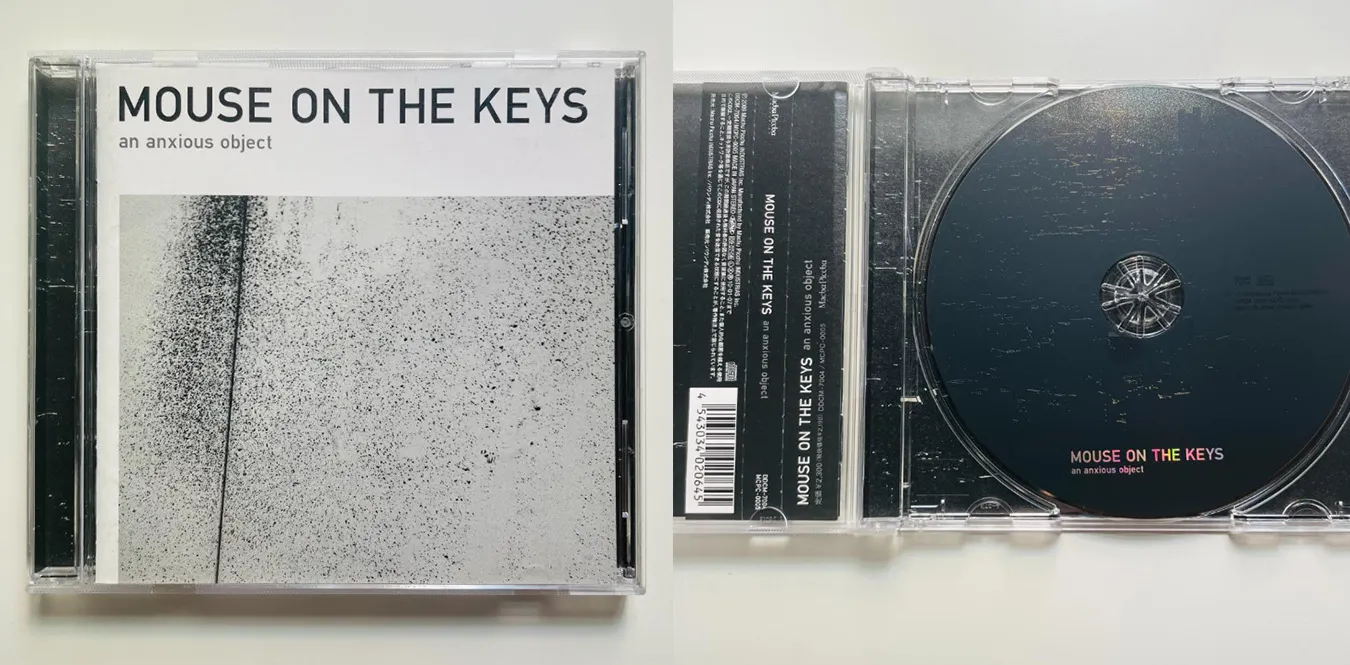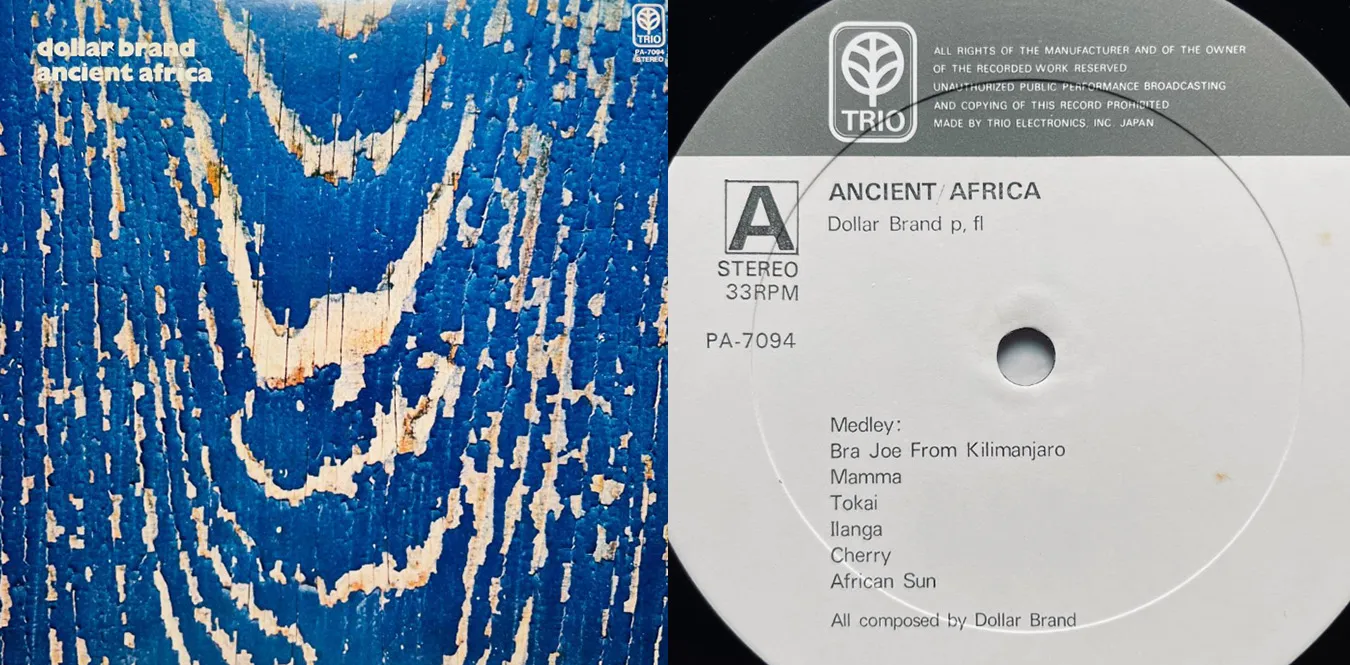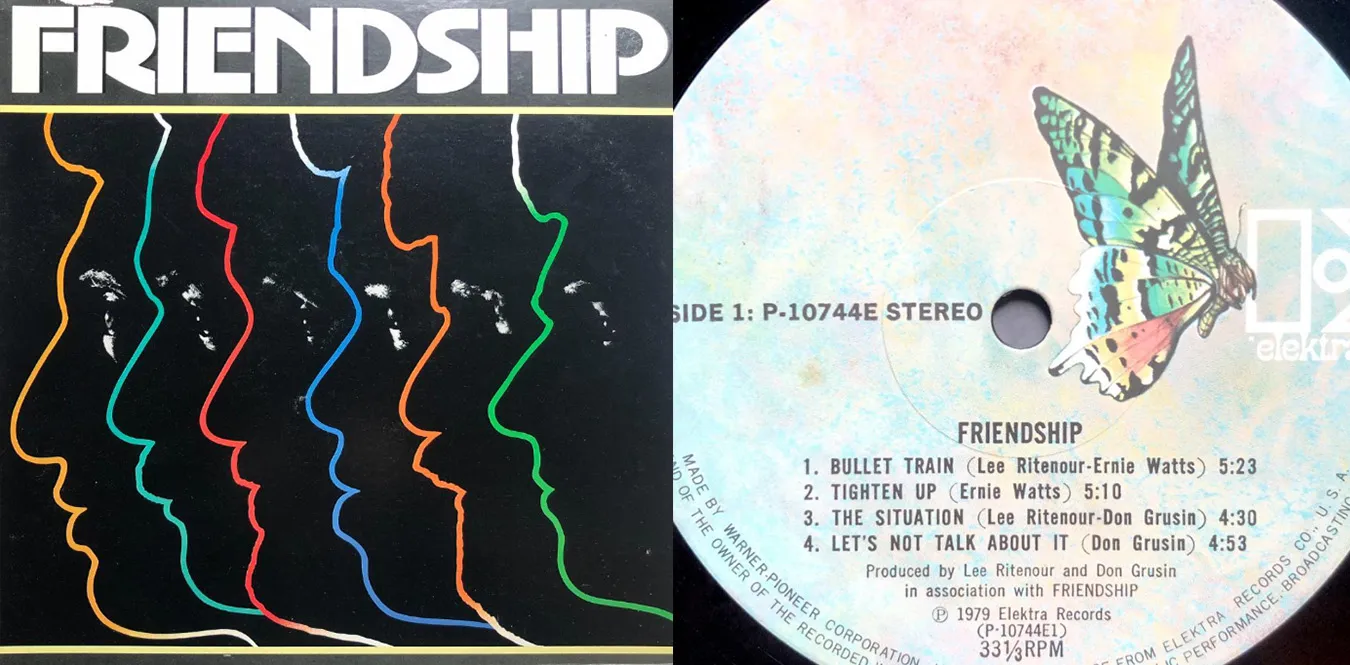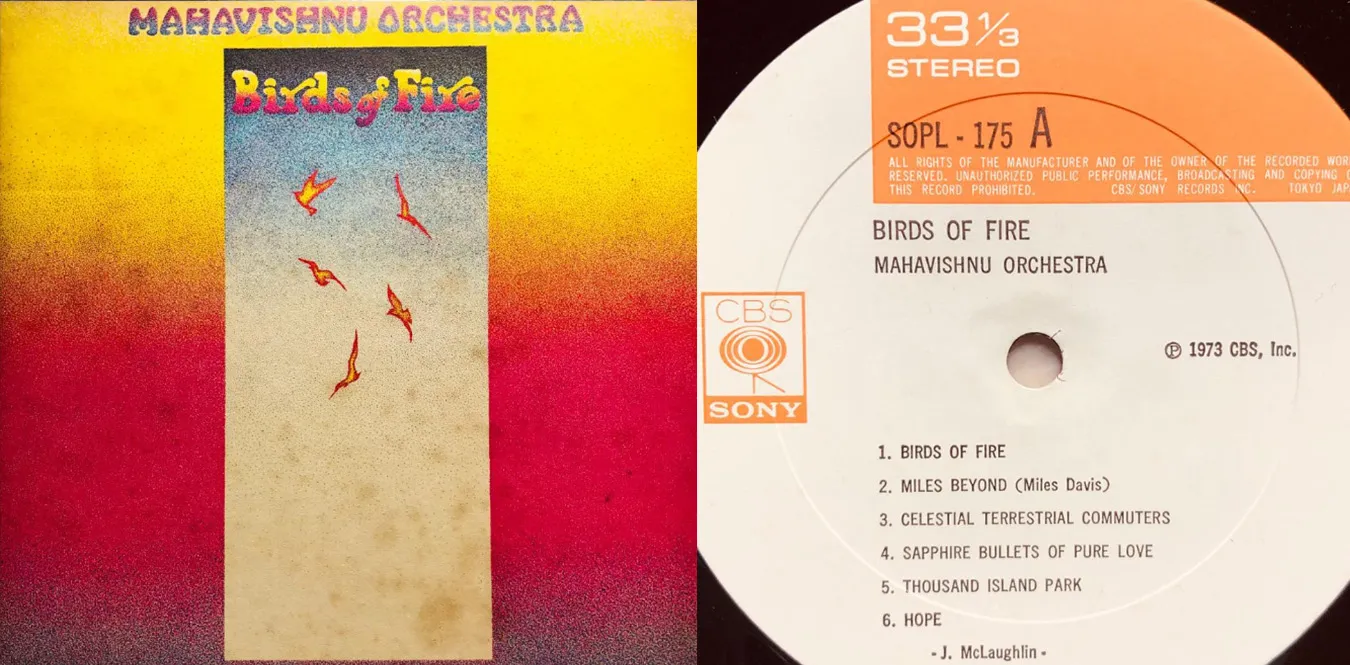[Column] Teo Macero and Miles Davis —— The moment when editing surpasses creativity
Column en 60s 70s Fusion Jazz![[Column] Teo Macero and Miles Davis —— The moment when editing surpasses creativity](/../assets/images/column-macero-miles.webp)
Prologue: “Another instrument” called the recording room
| Text: mmr | Theme: ““Musical Revolution through Editing’’ built by Miles Davis and Teo Macero—Tracing new horizons in recording art through the magic of tape splicing and composition. |
At the end of the 1960s, Miles Davis’s music was no longer an extension of his live performances, but instead transformed into a “sound architecture” constructed through recording and editing. Behind the change is producer and editor Teo Macero.
Masero was not just a “behind the scenes” person. In his hands, a huge number of session tapes were cut and pasted and reassembled, resulting in a group of works that can be called ““composition by editing’’. ““In a Silent Way” (1969) and ““Bitches Brew” (1970) are prime examples. There is a revolution in editing aesthetics that goes beyond the boundaries between ““performance” and ““composition”.
Chapter 1: The birth of an editor named Teo Macero
Teo Macero was born in 1925 in Glens Falls, New York. He began his career as a jazz saxophonist and later studied composition at Columbia University, where he became familiar with avant-garde contemporary music. Like Stockhausen and Varèse, Macero developed an early awareness of treating sound as a material.
In the late 1950s, he became a staff producer at Columbia Records, working with artists such as Miles Davis and Dave Brubeck. However, what set him apart from other producers was that he understood editing itself as a place of creation.
“Even after the performance ends, the music doesn’t end. It starts all over again in the editing room.” — Teo Macero
Chapter 2: “In a Silent Way”—— The magic of time editing
"”In a Silent Way,” recorded in 1969, can be said to be the ““starting point of editing” in the history of jazz. Miles, John McLaughlin, Chick Corea, Wayne Shorter and others improvised the sessions, but Theo Macero boldly restructured the recordings.
What is particularly impressive is the ““ring structure’’ in which the same take is used at the beginning and end. Phrases that were only played once in the actual recording “reappeared” through Macero’s editing, musically embodying the concept of a time loop.
This structure anticipates the sensibilities that would later be found in ambient and minimal techno. Macero cut off the ““linear time of music” and created ““circular time through editing.”
Chapter 3: “Bitches Brew”—— The operating table that creates order from chaos
With 1970”s Bitches Brew, Macero”s editing techniques exploded further. More than six tape recorders were running at the same time, making the studio feel like a laboratory.
Each performer does not share a common theme, creating a flood of fragmented improvisations. Macero spliced these fragments into units of several meters and designed the rhythmic flow and acoustic “place” through editing.
“I chopped up sounds and reconstructed them. It was the same act as composing.” — Teo Macero
His method was similar to musique concrète, but also connected to the free improvisation of jazz. The editing in ““Bitches Brew” can be described as ““another improvisation” after recording.
Chapter 4: The idea of editing = composition
Teo Macero’s greatest contribution was to elevate recording technology from an auxiliary tool to a creative medium. It was the forerunner of the paradigm of ““editing = composing.’’
-
Structural transformation by physical cutting (tape splice)
-
Sound field design using spatial synthesis (reverb, pan, layer)
-
Creating new contexts by controlling coincidence (rearranging the order of phrases)
This philosophy would later be carried over into hip-hop sampling and Brian Eno’s studio art. In other words, Macero has carved out a new profession: ““post-recording composer.’’
Chapter 5: Tension with Miles
The relationship between Miles Davis and Macero has always been one of collaboration and conflict. While Miles pursued the freedom of improvisation, Macero sought to shape the results through editing. The tension between the two is the very lifeblood of the work.
In a sense, Miles”s ““revolution’’ would not have been possible without Macero, and Macello”s editing magic could only have been possible because of Miles’ subversive material. The relationship between the two was a dialectic of “construction and demolition.”
Chapter 6: Toward the post-Masero era—inheritance and influence
In the late 1970s, Macero left Columbia, but his influence continued to spread throughout his subsequent music production. In particular, Masero’s editorial philosophy was clearly inherited in the following areas.
| Field | Representative Artist | Inheritance |
|---|---|---|
| Ambient/Electronic Music | Brian Eno | Spatial Editing and Repetitive Structures |
| Hip-hop | DJ Shadow, Madlib | Sample editing = Constructive composition |
| Techno/Experimental music | Plastikman, Autechre | Time manipulation and fragmented aesthetics |
| Visual music/sound art | John Oswald | Recontextualization of existing material |
In this way, Macero’s ““editing spirit’’ continues to live on even in the digital age.
Chapter 7: From tape to DAW—continuity and discontinuity in technology
The DAW (Digital Audio Workstation) we use today is an environment that non-destructively recreates the tape editing of Macero’s era. However, what is decisively different is the ““feel’’ of editing and time.
Editing in the tape era was irreversible, and every cut was always a risk. That tension gave the music “life.” Masero’s sensibility in the digital age is not just the operation of tools, but the awareness of designing time through editing.
Chronology: The joint trajectory of Macero and Miles
Chapter 8: Macero editing procedure —— “Composition after recording” in practice
Teo Macero’s editing is more than just “cut and paste.” His process was truly a compositional one, treating recorded material as sound material. The Mermaid diagram below is a step-by-step recreation of his typical editing workflow.
Multi-track recording of several hours of improvisational jam"] --> B["2️⃣ Listening to tapes and making notes:
Listen to all takes and record useful fragments in time axis memos."] B --> C["3️⃣ Markup:
Insert markers at usable moments (groove/theme)"] C --> D["4️⃣ Fragment extraction:
Physically cut in 1-2m units and organize into reels"] D --> E["5️⃣ Editing blueprint:
Designing the fragment order as a composition diagram on paper (time composition composition)"] E --> F["6️⃣ Splice editing:
Joining tape by hand (physical cutting + tape adhesion)"] F --> G["7️⃣ Listening verification:
Auditory evaluation of the flow/tension of the composition"] G --> H["8️⃣ Sound processing:
Spatialization using reverb, EQ, panning, etc."] H --> I["9️⃣ Final construction:
Edited version master tape completed → LP version"]
The most important step in this process is the stage called ““Blueprint = Edited Score’’. Macero designed the structure of the song by handwriting the time code and content on each fragment. It was an act of composing like an architect designing a space.
Chapter 9: Philosophical aspects of editing techniques —— The idea of ”composing ears”
Macello’s editorial philosophy is to view recordings not as “objective records” but as “reconstructed experiences.” There is a philosophical foundation here that resonates throughout 20th century art.
| Ideological elements | Content | Related areas |
|---|---|---|
| Constructivism | Meaning is created through the arrangement and rearrangement of materials | Architecture/Contemporary Music |
| Controlled Chance | Controlling improvised fragments through editing | Cage, Varèse |
| Sculpting in Time | Designing “aural time” through editing | Film editing (Tarkovsky) |
| Meta-composition | Reconfiguring materials at a higher level of composition | Sound art, DAW culture |
Macero was the first person to embody the concept of ““two-step composition,’’ in which music is composed after recording. For him, improvisation was the ““generation of materials,” and editing was the ““place of construction.”
“Performing is the process of creating material, and editing is the process of turning it into meaning.” — Teo Macero
Chapter 10: Acoustic analysis —— “Auditory structure” created by editing
Teo Macero’s editing not only changed the composition of the music, but also transformed the acoustic space and the very structure of listening. Especially when comparing “In a Silent Way” and “Bitches Brew,” you can see a clear sonic philosophy in the editing direction.
| Elements | “In a Silent Way” (1969) | “Bitches Brew” (1970) |
|---|---|---|
| Time structure | Cyclic (A→B→A configuration) | Fragmentary/nonlinear |
| Editing method | Take reversal/loop | Splice + multilayer arrangement |
| Acoustic sensation | Fluid and meditative | Dense and explosive |
| Stereo space | Emphasis on spaciousness (left and right separation) | Emphasis on density (center concentration) |
| Building Rhythm | Emphasizing Groove with Editing | Designing Conflict with Editing |
| Purpose | Creating “timeless” sound | Building “order of chaos” |
These acoustic designs were also the result of taking advantage of the limitations of analog technology at the time. Even the ““cutting noise” and ““unnatural connection” of tape editing were consciously left in by Masero as structural effects.
Analysis supplement: Acoustic features
- Immersive feeling with loop structure
→ Dissolve the listener’s sense of time.
- Rhythmic recontextualization through fragment editing
→ Convert improvisation into a structured groove.
- Spatial design at the mixing stage
→ Focus on the “depth axis” rather than stereo left and right.
It can be said that Macero’s sound editing was already putting into practice the ““sculpture of time’’ that later techno, ambient, and electronica were aiming for.
Supplementary figure: Macero-style “composition by editing” model
Chapter 11: “Bitches Brew”—— Tape composition and editing map
Bitches Brew was recorded at Columbia Studio B between August 19 and 21, 1969. The sessions spanned three days, with each take lasting dozens of minutes in the form of an impromptu jam. Teo Macero spliced and edited this vast amount of recorded material to create the final album structure.
Tape configuration overview
Macero cut up parts of these tracks, rearranged them, and physically spliced the different takes together. As a result, the album was constructed as a composite of multiple takes, rather than a single performance.
Editing structure: Title song “Bitches Brew”
Below is the tape editing structure of the title song “Bitches Brew” (approximately 27 minutes). It is expressed as take/splice position/reuse section.
Characteristic editing operations
| Editing method | Content | Effect |
|---|---|---|
| Splice ① | Forced transition from drum/bass layer to trumpet solo | Cut to make it look like a “spontaneous” composition |
| Splice ② | Connection of sessions B and C (tempo mismatch) | Auditory confusion → trance effect |
| Splice ③ | Layering different rhythm layers | Multi-layering grooves |
| Splice ④ | Recursive insertion of theme | Structural circularization (In a Silent Way technique) |
Masero’s “edited score” concept diagram
This “edited score” includes the time, tempo, and source take of each segment. Macero called it the “map of sound.” It can be said that it preceded the ““studio composition method’’ advocated by Brian Eno later.
Acoustic construction points
| Elements | Technique | Acoustic Intention |
|---|---|---|
| Stereo space | Localization (drum left and right placement) that is impossible in real performance | Expansion of visual sense of space |
| Tape repeat | Re-insert the same phrase (recursive structure) | Auditory hypnosis effect |
| EQ/reverb operation | Unification of texture between multiple takes | Pseudo-generation of spatio-temporal continuity |
| “Seams” of fragmented reverberation | Deliberately left behind | Turning editing traces into music (turning sound seams into “structure”) |
Resulting “edit composition”
"”Bitches Brew,” created by Macero, is no longer a ““work compiled from performances.” It is ““structural improvisation’’, which uses editing itself as a composition method.
Supplement: Reconfiguring the time structure by editing
The editing in ““Bitches Brew” is a ““post-recording extension” of jazz improvisation. Masello’s art resides in the boundary between the instantaneousness of performance and the construction of editing. It was an attempt to use the studio space as ““another instrument.’’
Final chapter: The legacy of Teo Macero’s “ear”
Macero’s editing was not just “post-processing” but a redefinition of the art of recording itself. He did not draw a clear line between performance and editing. Rather, that gap was the source of creativity.
In modern music production, the acts we unconsciously perform, such as ““cut and loop,” ““automation,” and ““remix,’’ are all extensions of Macero’s philosophy. His accomplishment is nothing less than turning the technology of recording into an art form as an extension of human thinking.
“Editing is putting scissors in time. And the cut time becomes new music.” — Teo Macero

![[Column] What is Ethio-Jazz (Ethiopian Jazz)? A trajectory of innovation etched in the history of African music](/../assets/images/column-ethio-jazz.webp)
![[Column] Ahmad Jamal — Piano Trio Innovator](/../assets/images/column-ahmad-jamal.webp)
![[Column] Toots and the Maytals — The soul of reggae etched by live performances](/../assets/images/column-toots-and-the-maytals-live-history.webp)
![[Column] Marvin Gaye: Between Love and Pain - Salvation and Destruction as Seen by the God of Souls](/../assets/images/column-marvin-gaye.webp)
![[Column] Gong legend: era, myth, sound and community](/../assets/images/column-gong.webp)
![[Column] Planet of Bass: Cultural History of Bassists in the World and Japan ---Sounds Under the Earth's Surface](/../assets/images/column-bassists.webp)

![[Column] Interaction history of music culture and](/../assets/images/column-outlaw.webp)



